Best Heavy-Duty Knee Pads for Mountain Biking
Protect your legs from inevitable crashes and falls with these Heavy-Duty knee pads for mountain biking
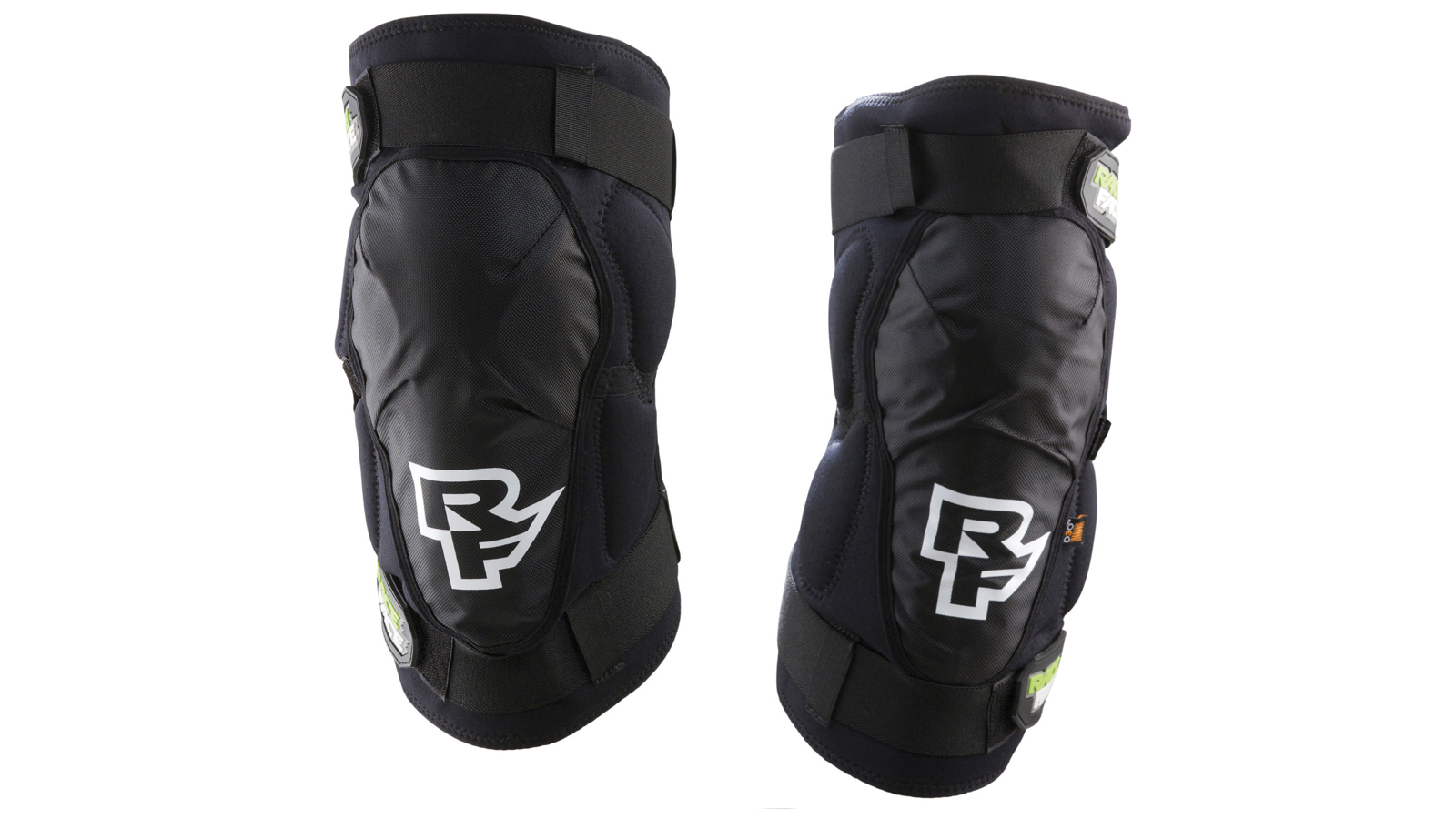
Mountain bikes are becoming ever more capable, and advancements in geometry and suspension have us gliding through rowdy terrain on short-travel bikes that would push the DH bikes of yesteryear to their limit.
Even with these rock-and-root gobbling sleds, crashing is still very much a part of the ride, and quite often the first part of your body that meets the ground is your knees. Just like our bikes and helmets, knee pads have come a long way — gone are the days of the sweaty hardshells that were better suited to a sword fight than riding a mountain bike.
Knee pads have become nearly as essential as helmets, with everyone from enduro and downhill riders to even some XC guys and gals sporting joint protection. Below we've put together a selection of our favourite heavy-duty knee pads.
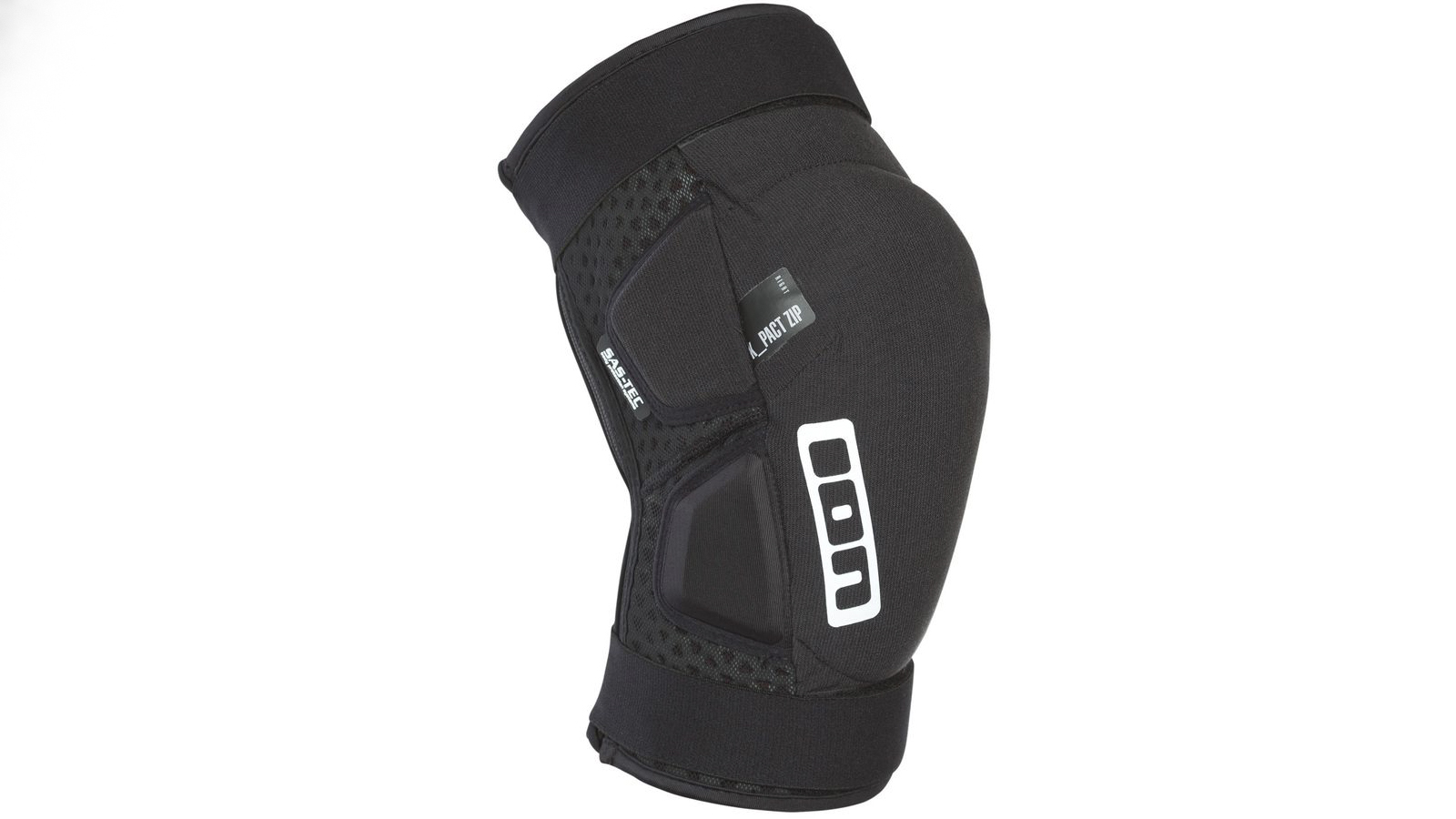
Ion K-Pact Zip
The perfect knee-pad option for riders with muscular legs
The Ion K-Pact pads have been around for a while, and the SAS-Tech padding and ample secondary padding keep your knees safe and sound when you take an unplanned digger.
With top and bottom velcro straps, they stay in place even when pedalling and there is plenty of flexibility on offer, too. A bit warm out on the trail, the built-in zipper makes the Ion pads a jiffy to put on or take off on-the-fly — even better, once they're on you'd never know there is a zipper there. K-Pact pads offer excellent protection, arguably the best closure of the bunch and, to top it off, they aren't as expensive as some of the options listed here.
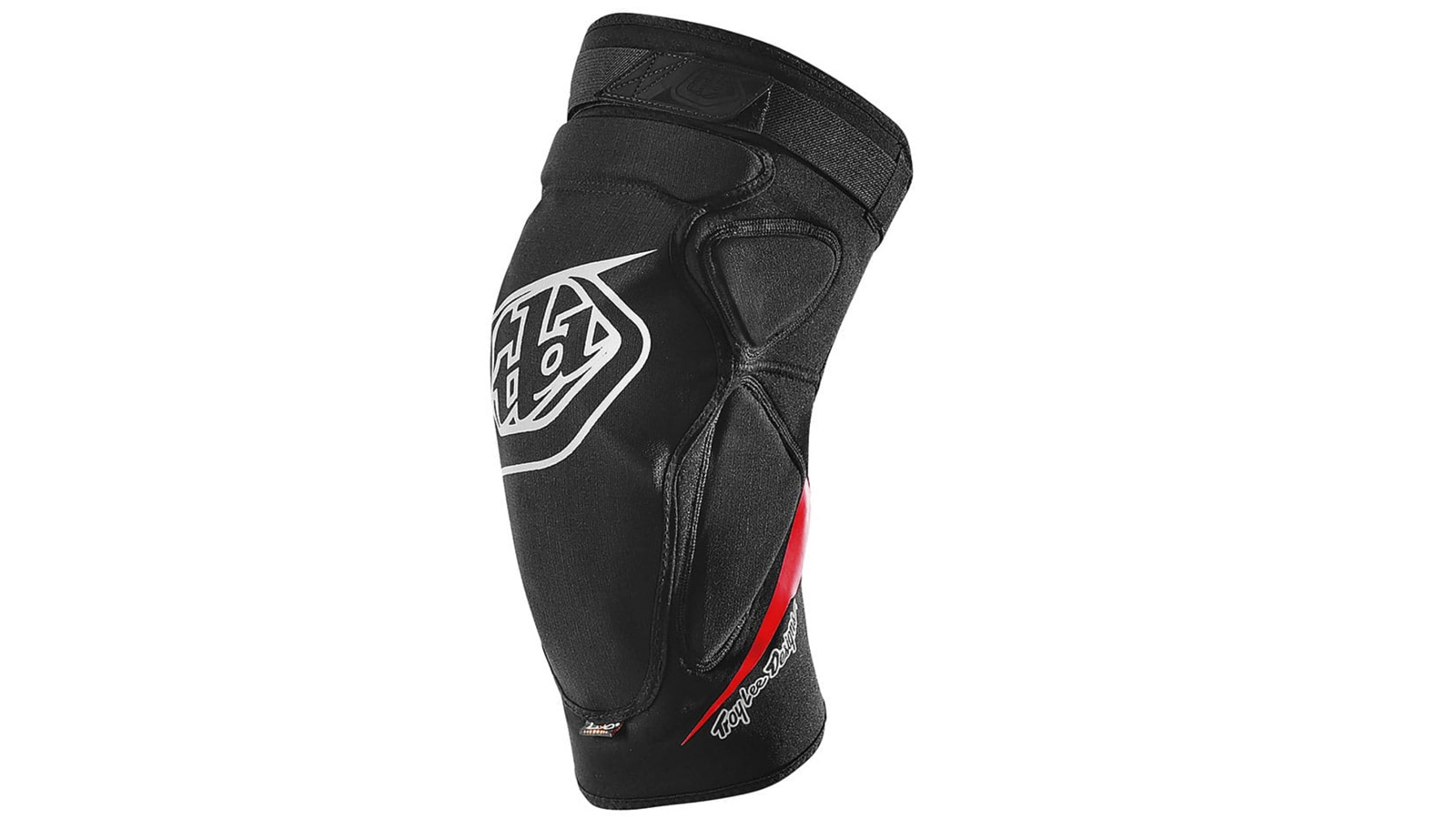
Troy Lee Designs Raid
Ideal for the more aggressive trail rider
Troy Lee Design's Raid are pitched towards the rowdier end of the spectrum with plenty of D30 padding and foam encasing your knee. The individual protectors are anatomically placed to match the bony outcrops on each knee and extend well down the shin. Keeping everything in place is a single velcro strap along with silicone grippers, which articulate and flex quite well with your leg.
The rear of the pad features lightweight mesh for ventilation but they are still quite warm. For this level of protection expect to fork out as the Raid's are anything but cheap.

Race Face Ambush
Bombproof knee protection you can trust
One of the burlier sets of knee pads on offer from Race Face the Ambush are likely to survive anything you throw at them and keep your knees abrasion and bruise-free. With a D30 pad looking after your kneecap, there is a decent amount of polyurethane padding on the outside of the knee; however, the Ambush leave the inside of your knee susceptible to knocks from the top tube.
With double velcro straps (one above the knee and one below) they are not going anywhere. The sleeve is made from perforated neoprene lined with terry cloth. Despite the protection on offer, the pads still retain quite a bit of flex, and pedal well, but they tend to get pretty sweaty on longer climbs and long pedalling sections of trail.
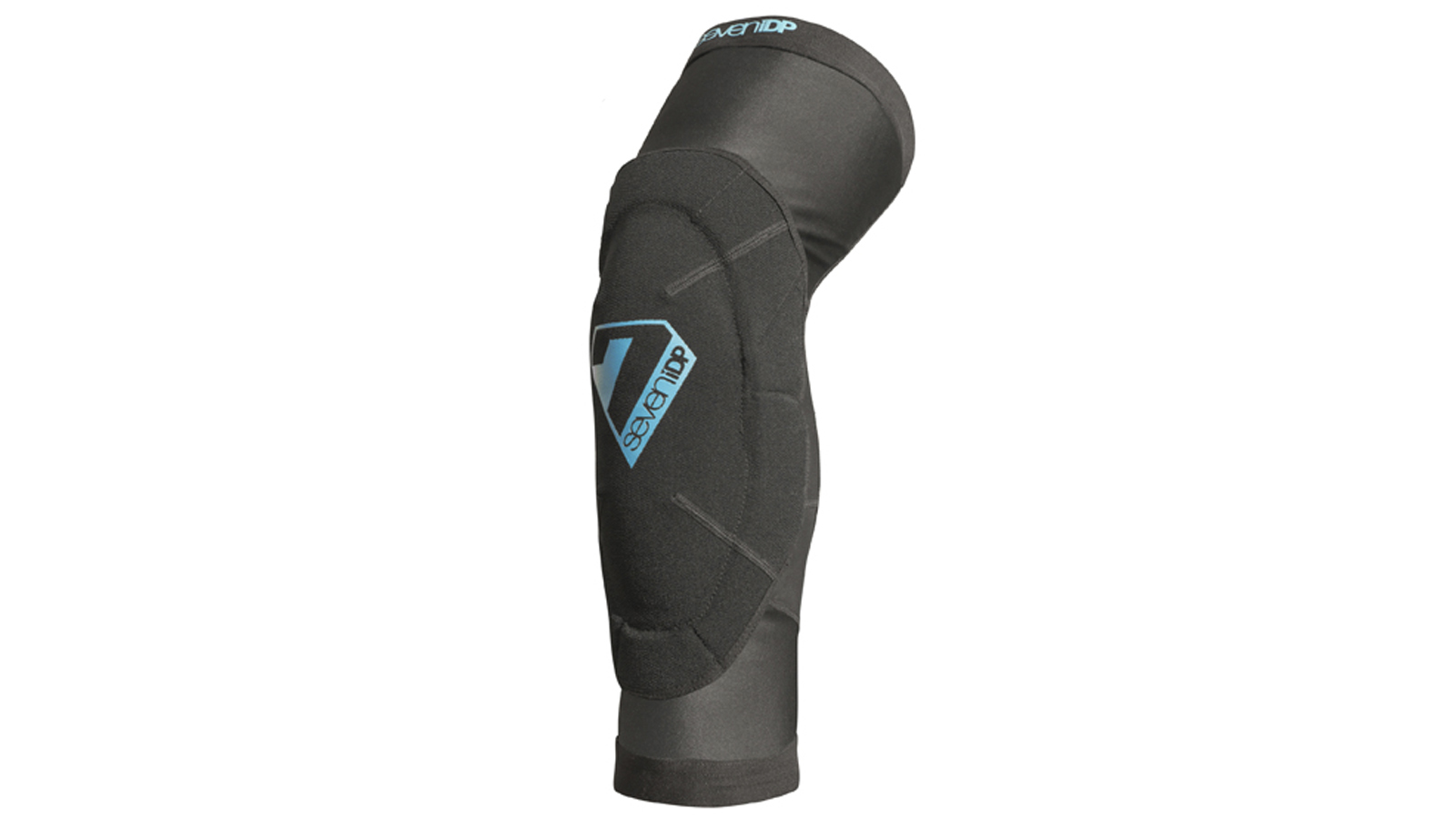
7iDp Sam Hill
Quality knee pad designed by three-time Enduro World Champ Sam Hill
Designed by three-time Enduro World Champ Sam Hill, his pro model pad from 7iDP is an evolution of the Transition pad — he wanted more protection without sacrificing comfort. The result is a soft knee pad built around a breathable lycra sock complete with a mesh back. SAS-Tec makes the removable protector, a non-newtonian material that is soft and malleable but hardens upon impact.
There's a bit of added foam protection around the side, and the lycra sleeve and protector are noticeably longer than most. This not only plays a role in helping them stay in place while pedalling, it also prevents a gap between the bottom of your shorts and the top of your kneepads. Instead of a velcro strap at the top or bottom, the Sam Hill pads feature silicon grippers.
1. Fit and comfort
Why trust BikePerfect
Even if a knee pad uses newfangled materials, has fantastic ventilation, weighs almost nothing and also has a built-in force field that prevents sharp rocks from stabbing your knees, if they are uncomfortable you probably won't wear them. The latest crop of knee pads are pre-bent with ergonomic cupped protectors to help them stay in the right spot. Most rely on a combination of silicone grippers and velcro straps to prevent the pad from sliding around, though there are a few strapless designs — these models require a particularly snug fit which may get progressively looser over time as the elastic loses some of its spring.
Beyond looking for a pad which matches the shape of your legs, the combination of length, circumference, fasteners, silicone grippers, cutouts, seams, and zips will all play a role in overall comfort. If any of these factors aren't quite right, they may pinch or chafe.
2. Protection
Knee pads are available in all different levels of protection from lightweight lycra sleeves with a bit of foam padding sewn in, to those that feature removable viscoelastic or non-newtonian protectors designed to blunt and disperse heavy slams. While these modern materials are more efficient and often lighter weight than standard polyurethane foam, they also come with a significant price tag.
Each pad will also offer different amounts of coverage but at the very least should extend well beyond just the knee cap itself. Burlier options will also feature secondary padding to protect other boney outcrops on the sides of the knee.
3. Ventilation
As a general rule, the more padding on offer, the warmer it will be. Most feature moisture-wicking fabrics and are perforated to allow some airflow, but there is only so much heat these features can disperse. In this regard, it's about finding a balance between how much protection you need and how sweaty you're going to get.
4. Durability
Given that the whole idea of a knee pad is to protect your limbs from dirt, rocks and roots when things go pear-shaped, the materials used throughout the pad need to be robust. Quite often, canvas, kevlar or similarly tough materials will be used over the cap to prevent rips and tears. Quite a few of the knee pads below also feature a removable protector that can be pulled out for washing or even replaced if damaged.
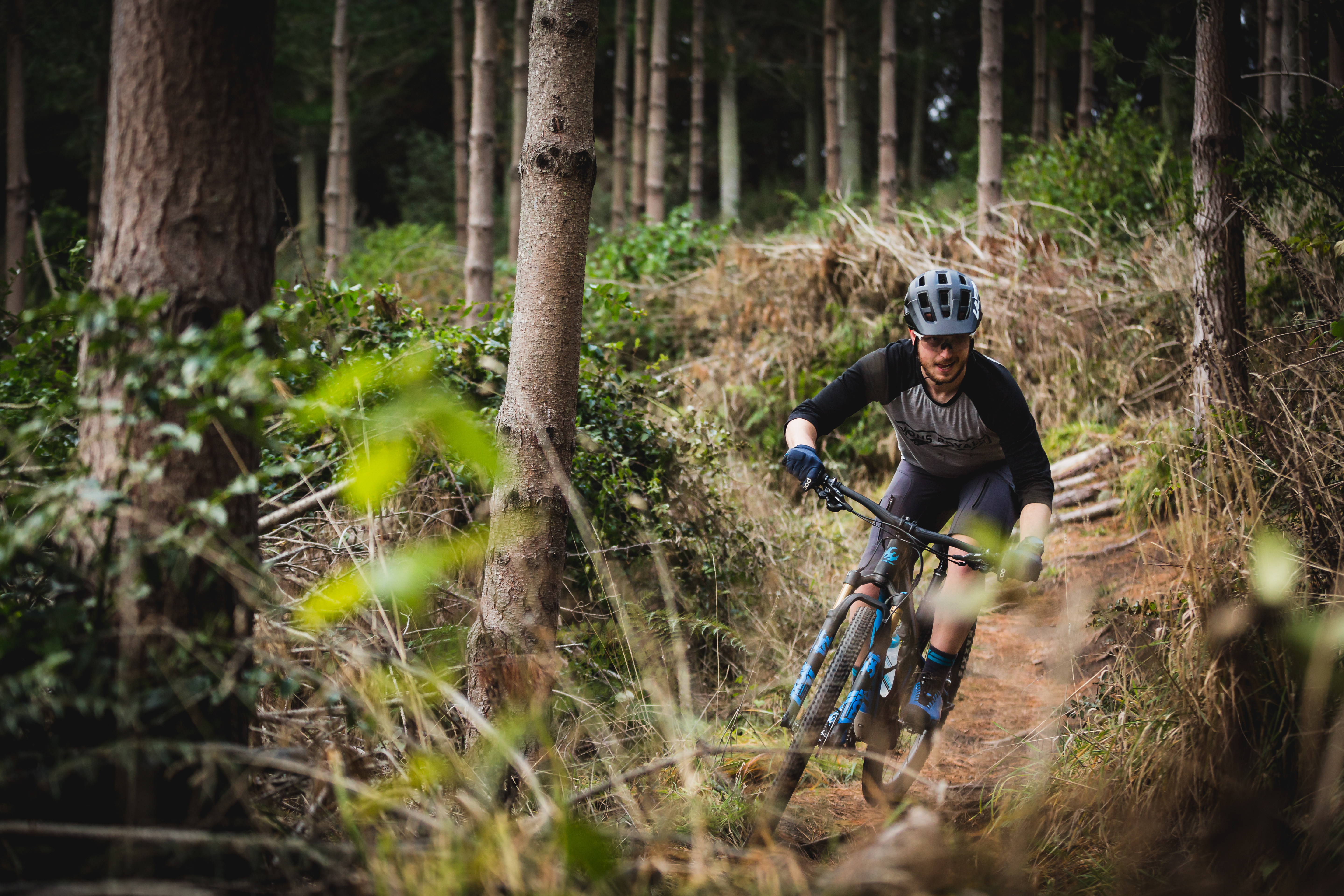
Born and bred in Colorado, and now based in Australia, Colin comes from a ski racing background and started riding as a way to stay fit through the summer months. His father, a former European pro, convinced him to join the Colorado State University collegiate cycling team, and he hasn't stopped since. It's not often he pins on a number nowadays, and you'll likely find him in search of flowy singletrack, gravel roads and hairpin corners. Colin has worked at Bikeradar and is a regular contributor to Australian Mountain Bike and Cyclist magazines.
Rides: BMC Team Machine SLR01, Trek Top Fuel 9, Ibis Ripley
